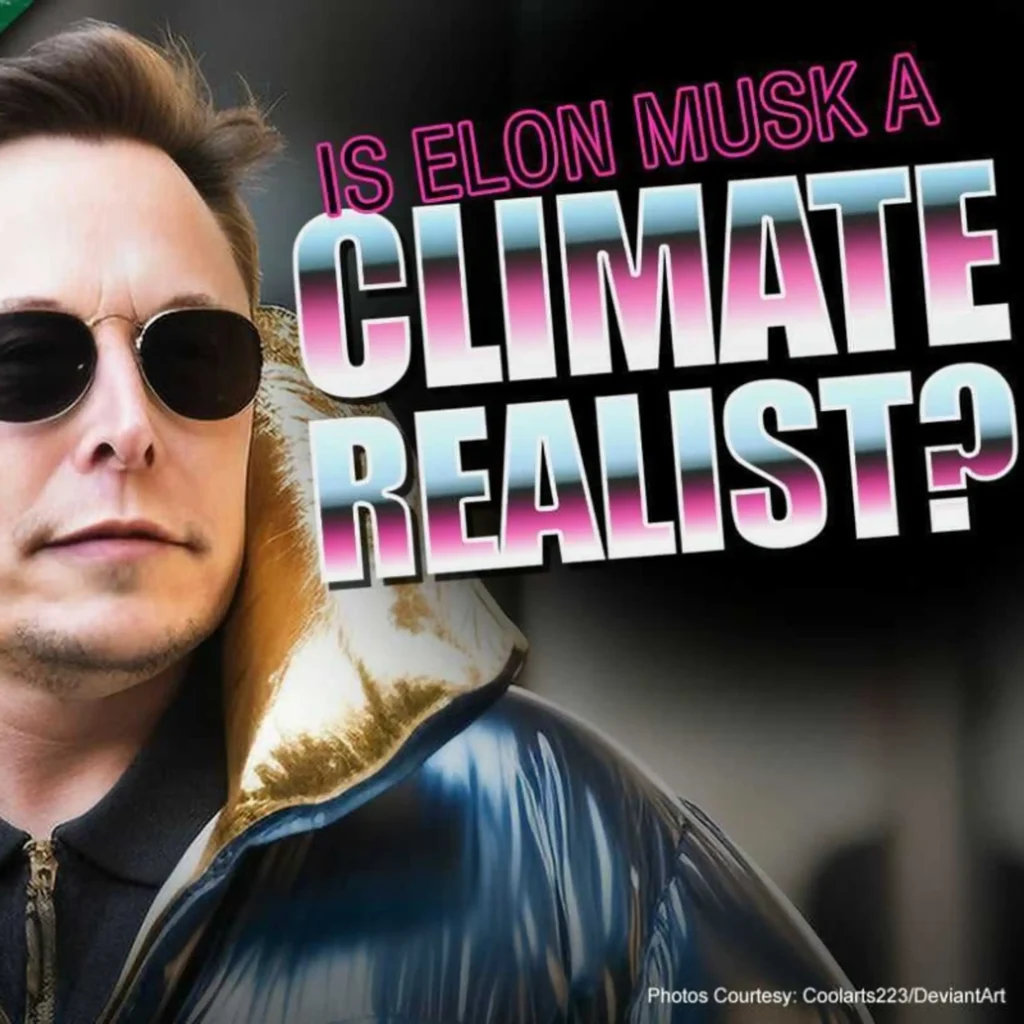Sen. Lamar Alexander (R-TN) raised an important issue last fall in a press release. He said:
“Communications experts say that fear is the best way to get attention when you’re trying to win an argument. Groups who oppose nuclear power have certainly mastered that technique by playing to economic, environmental, and safety fears. So I’d like to introduce a little element of fear into my argument here. I want to suggest what could happen if we don’t adopt nuclear power as a more important part of our energy future.”
Alexander went on to note Russia, China, and many other countries are currently developing and utilizing nuclear power while the United States remains behind. How, then, he asked, are we going to be able to compete with countries that have cheap, clean, reliable nuclear power while we’re stuck with a bunch of windmills and solar farms producing expensive, unreliable energy that is really not much energy at all?
“The whole prospect of the United States ignoring this problem-solving technology that we invented is what I fear most about nuclear power,” Alexander said.
Chinese Using Newest Technology
In January 2006, Alexander noted, the Chinese sent a delegation of nuclear scientists and administrators to the United States on a fact-finding mission. They toured the Idaho National Laboratory and Argonne National Laboratory and visited GE and Westinghouse, to help them decide which technology to choose for their nuclear program.
Perhaps surprisingly, given that we haven’t issued a construction permit to build a new reactor in the past 30 years, most countries still look to us for leadership in this technology.
The Chinese eventually chose Westinghouse technology for their next-generation reactors. At the time Westinghouse was an American company. In 2007 Toshiba bought Westinghouse, so it is now a Japanese company.
By 2008 the Chinese had shovels in the ground. The first four Westinghouse reactors are scheduled for completion by 2011. China also bought a pair of Russian reactors, which should be finished around the same time.
They have been talking about building 60 reactors over the next 20 years, and they just recently raised their goal to 132 reactors. They mean business.
U.S. Falling Behind
What have we accomplished in the meantime? In 2007 NRG, a New Jersey company, filed the first application to build a new reactor in the United States in 30 years.
The licensing process at the Nuclear Regulatory Commission will take five years, after which opponents will file lawsuits and the whole thing will move to the courts. If they’re lucky, they might have a reactor up and running by 2020.
Other companies have followed suit, and there are now 34 proposals before the NRC, but nobody has broken ground yet. It isn’t likely the Chinese will be coming to us any time soon for more tips on how to build reactors.
The Russians are also getting into the game. They’re in the midst of a big revival, planning to double the production of electricity from nuclear power by 2020. France, Britain, South Korea, and India are all following suit. Very soon every major nuclear country in the world will be able to forge its own reactor vessels—except one. And that’s us.
No steel company in America is capable of forging the hardened steel nuclear reactor cores—known as ingots—that house fuel rods. The ingots weigh more than 270 tons each and are absolutely crucial to nuclear reactors. When it comes to the infrastructure for building nuclear power reactors, we’re still stuck in the 1960s.
Domestic Supplies Depleted
The nuclear industry tells us at least 70 percent of the materials and equipment that go into our first few new reactors will have to come from abroad, because we’ve let our nuclear supply industry wither on the vine. In 1990 there were 150 domestic suppliers making parts for nuclear reactors. Today there are only 40, and most of them do their business overseas.
Of the 34 proposals before the Nuclear Regulatory Commission, 20 are designed by Westinghouse, (which, as noted, is now a Japanese company), and nine are from Areva, the French giant.
General Electric, the only American company left in the field, has partnered with Hitachi to build the remaining five, but it fared poorly in the competition for federal loan guarantees. Two utilities have now cancelled their orders with GE, and there are rumors GE may quit the field entirely.
Russians Lead in Mini-Reactors
Babcock & Wilcox is the one American company that stirred some interest recently, when it announced plans for a new “mini-reactor.” This is a 125-megawatt unit that can be manufactured at the factory and shipped by rail to the site, where several units can be fit together like Lego blocks.
This created the impression that America might be innovating again, forging back into the lead. But the complete prototype for the Babcock & Wilcox reactor is still two years away, and then it may take another five years to get NRC design approval.
Meanwhile, the Russians are already building a mini-reactor that will be floated into a Siberian village on a barge. And they’ve got orders for mini-reactors from 12 countries. In spite of Babcock & Wilcox’s fine effort, the Russians are considerably ahead of us.
Does this inspire a little fear? It should.
Jay Lehr, Ph.D. ([email protected]) is science director of The Heartland Institute.



